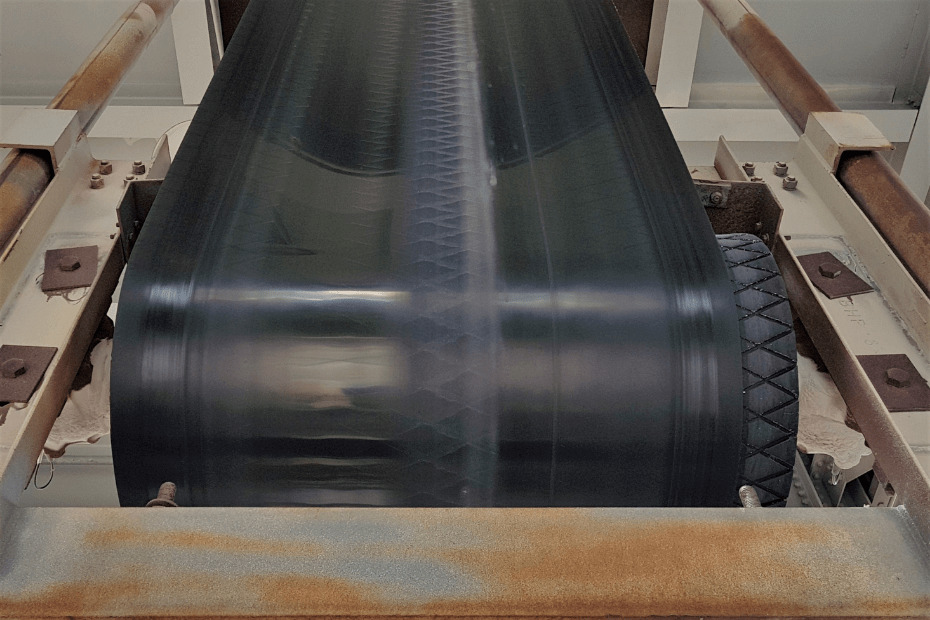
A conveyor roller is used to carry different materials from one place to another and is used mainly in the manufacturing, agricultural, food and beverage, and logistics sectors. From assembling various mechanical parts in an assembly line in manufacturing facilities to shifting packages from one location to another within a bag-handling facility to carrying food items in a food-processing unit, there are different types of conveyor rollers to match them with your business applications.
RS Conveyor rollers are available in different materials, are powered differently, and can also be customized. However, after using the rollers for a long period of time, there are chances that they begin to show signs of wear and tear, impacting your productivity and causing inconvenient downtime.
Let us take a look at 3 common conveyor roller faults and how to fix them.
Conveyor belt mistracking
Conveyor belts need to be aligned for the smooth functioning of your application. This is to maintain a specific path that is necessary to create the desired output of your system. Conveyor belt mistracking can stop the conveyor operations and cause damage to the belt. This can also cause damage to the belt, the product on the roller, and even an entire system malfunction, plus you are susceptible to unforeseen downtime.
Potential causes of mistracking include misalignment of rollers or pulleys, material build-up, a worn-out belt, or a slanted conveyor frame. However, there are ways you can help to reduce mistracking. Routine inspection of the conveyor and its many components help you to spot wear and tear and thus prevent mistracking.
Belt slippage
A conveyor belt needs to have the perfect balance of tension to work properly. Without proper balance, the belt can slip off leading to other major problems like a belt or motor failure which can disrupt your productivity.
Some of the main reasons why belt slippage occurs could be overloading the conveyor roller, working in low-temperature conditions, improper lagging, warm head pulley or a damaged tail pulley. To prevent belt slippage, regularly inspect the lagging on the pulleys. Also, never overload your conveyor belt.
Material carry-back
Material carry-back is one of the most common conveyor roller faults. As the name suggests, material carry-back involves materials building upon the belt itself without getting discharged from the belt. Once the material starts to build up, it sometimes falls off the belt which can cause serious damage to the belt and other conveyor components.
Material carry-back affects the conveyor’s performance and productivity. Some material build-up can be hazardous, primarily if you are dealing with chemicals.
Material carry-back could be due to poor quality scrapers or even improperly installed scrapers. To reduce material carry-back, you should invest in a cleaning system that will scrape your belt to make sure no material is left behind.
Conveyor roller faults can impact the efficiency of your operation. Follow the above-mentioned tips to prevent conveyor roller faults in future. To find a wide assortment of conveyor rollers from RS Components, log on to their website or visit other popular retailers.





